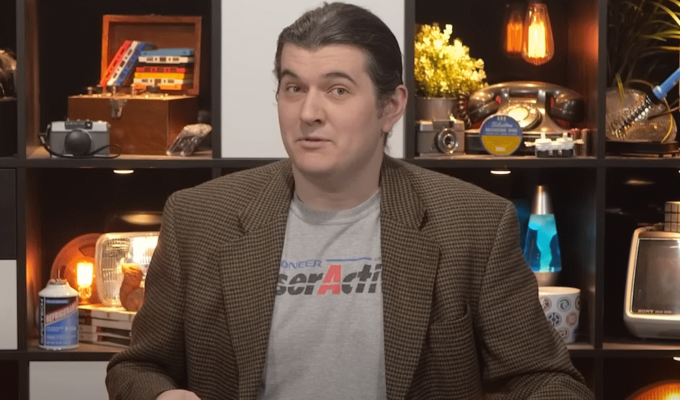There’s a lot I agree, and disagree, with in this video :)

Smart panels are cool. I firmly believe this, but I also believe that they probably aren’t the right way to solve the limited electricity supply problem, at least not yet. The problem is cost. If a smart panel is $4,500+ just to buy it, ignoring installation costs, and moving from 100A to 200A service is around $2,500… We don’t need to be having this conversation. That’s a no brainer. Obviously, there are conditions where it’s not possible to do that, but even there, maybe a smart panel isn’t the right approach. Still very cool. That’s more of a niggle…
I like Net Metering (NM), some of that is because I have solar panels, and some of it is that is that it incentivizes sharing the electricity my panels produce. It’s not perfect, and at a certain scale, it probably doesn’t make a ton so sense, but in most places we aren’t there yet. I am also confident that we can’t let power companies solve this problem for us.
Left to their own devices, power utilities weren’t going to change. CA is a great e.g. of what can go wrong. Digging in a little to look at CA’s kWh cost, it makes sense for those who can afford it to do solar. Removing NM makes a strong argument for local storage, if you can afford it. The grid is cool, and it would be awesome to fix it properly. How do we do that when this public good is managed by private companies with a short term profit incentive and captive monopolistic pricing power? Short of nationalizing the grid and power generation to create a cohesive policy (which isn’t going to happen), I’m not sure there is an equitable solution. So maybe that’s not the right target. Renewables should make energy cheaper, but when left to the utilities that has not been the trend. Maybe we just need to figure out how to incentivize power companies to build tiered storage to make peaking issues less of a problem and keep installing solar panels where ever we can put them.

He didn’t quite elaborate on his preference of making panels available for grid use vs home use. I speculate his rationale is that cheap panels might not always be available. As China has been dumping these products globally for years now. Many countries lack the resources, and logistics to take up the mantle (not to mention that many countries may have environmental regulations that make such endeavors less profitable. All of that is to say that I wouldn’t expect production shifts in the near-term. What I would expect is that as resources and logistics become more constrained, it may make sense for producers to shift to more efficient panels. That would certainly lead to cost increases, which would be more economical to deploy in a more centralized fashion (from development- to grid-scale).
I appreciate his concern to maintain grid integrity, and agree with most of his points there.
As for net metering, I don’t happen to think that owners should be reimbursed/credited much more than the local wholesale costs of electricity. With that said, I would like to see a system where participants in net metering be allowed to “bank” KWh into the system that they could “draw” back from in the same billing cycle without significant costs. If they’re net-negative for the duration of that period, they should be paid back on a cost+ basis.
In a heavily regulated industry such as public utilities (at least in CA, where I live), any shift in policy on net metering should come with requirements to invest in grid-scale storage and generation. This could benefit all rate-payers, assuming regulators and lawmakers stay on top of any attempts by utilities to game the system. I know this is a bit of a pipe dream, given the immense lobbying power of the energy sector.
For background, I live in a multi-family dwelling without rooftop…so take my opinions with a grain of salt 🙂
Awesome comments! Thank you. Great to get a CA voice in the mix. It’s too easy for us IL folks (guy in the video also lives in the Chicagoland area) to misread the goingson in other states in the context of our cheap rates.
Yeah, the political and economic climate w/r/t power generation and transmission is challenging here. High rates, dodgy infrastructure, and quite a few silly regs. Did you know that CA has mandated that as of 2020 going forward, all single-family new construction, most multi-family new construction, many non-residential construction and major home renovations require the installation of rooftop solar? There are exceptions to this, but do you think they mandated the installation of 25- to 30-year roofing materials as part of this? If you’re going to bloat mortgages up by including PV, why not mandate more durable roofing materials that don’t need serviced more frequently than the PV hardware?
I was aware of the new build solar mandate, but not the roofing thing. That is weird, but at least here it isn’t that expensive to take the panels off (and put them back on) the roof before you reshingle. It’s supposed to be ~$2000 in labor to do that, which isn’t awesome, but in the context of total cost of a new roof, it’s not terrible (at least that’s what I’m going to keep telling myself ;)).
Thanks for information..
Awesome and interesting article. Great things you’ve always shared with us. Thanks. Just continue composing this kind of post.